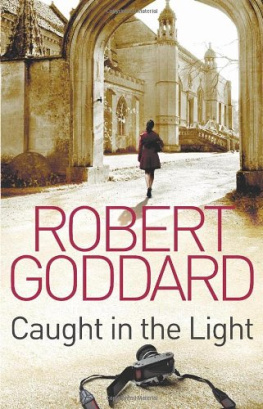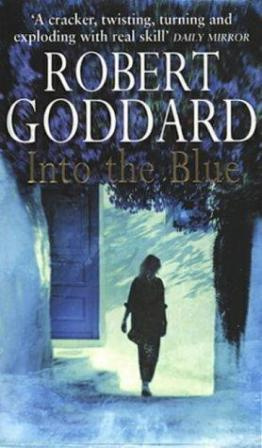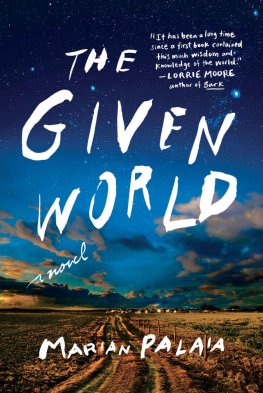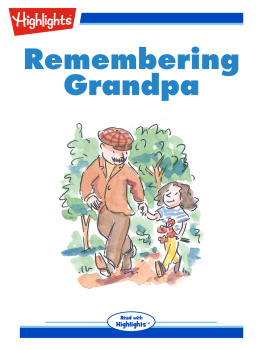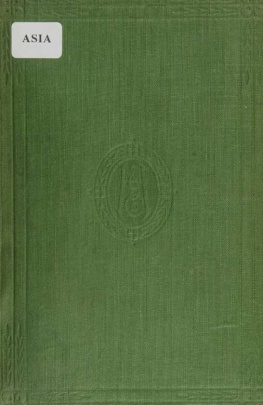Caught in the Light by Robert Goddard
Also by Robert Goddard
PAST CARING
IN PALE BATTALIONS
PAINTING THE DARKNESS
INTO THE BLUE
TAKE NO FAREWELL
HAND IN GLOVE
CLOSED CIRCLE
BORROWED TIME
OUT OF THE SUN
BEYOND RECALL
Robert Goddard
CAUGHT IN THE LIGHT
BANTAM PRESS
LONDON NEW YORK TORONTO SYDNEY AUCKLAND
TRANS WORLD PUBLISHERS LTD 61-63 Uxbridge Road, London W5 5SA
TRANS WORLD PUBLISHERS (AUSTRALIA) PTY LTD 15-25 Helles Avenue, Moorebank, NSW 2170
TRANS WORLD PUBLISHERS (NZ) LTD 3 William Pickering Drive, Albany, Auckland
Published 1998 by Bantam Press a division of Transworld Publishers Ltd
Copyright Robert and Vaunda Goddard 1998
The right of Robert Goddard to be identified as the author of this work has been asserted in accordance with sections 77 and 78 of the Copyright
Designs and Patents Act 1988.
All of the characters in this book are fictitious, and any resemblance to actual persons, living or dead, is purely coincidental.
A catalogue record for this book is available from the British Library.
ISBN 0593 042662 (cased) ISBN 0593 043723 (tpb)
All rights reserved. No part of this publication may be reproduced,
stored in a retrieval system, or transmitted in any form or by any means,
electronic, mechanical, photocopying, recording, or otherwise, without the prior permission of the publishers.
Typeset in IIWIS/Linotype Times by Phoenix Typesetting, Ilkley, West Yorkshire.
Printed in Great Britain by Clays Ltd, Bungay, Suffolk.
PART ONE
COMPOSITION
w Es
rete
Se; ha DC Es Sa
RJ
CHAPTER ONE
I was in Vienna to take photographs. That was generally the reason I was anywhere then. Photographs were more than my livelihood. They were part of my life. The way light fell on a surface never failed to tug at my imagination. The way one picture, a single snapshot, could capture the essence of a time and place, a city, a war, a human being, was embedded in my consciousness. One day, one second, I might close the shutter on the perfect photograph. There was always the chance, so long as there was film in my camera. Finish one; load another; and keep looking, with eyes wide open. That was my code. Had been for a long time.
I'd come close once, in Kuwait at the end of the Gulf War, when some weird aptness in the knotted shape of a smoke plume from a burning oil well made my picture the one newspapers and magazines all over the world suddenly wanted. Brief glory from an even briefer moment. Just luck, really. But they say you make your own the bad as well as the good.
I went freelance after the Gulf, which should have been a clever move and would probably have worked out that way, but for life beyond the lens taking a few wrong turnings. The mid-Nineties weren't quite the string of triumphs I'd foreseen when my defining image of the Gulf madness made it to the cover of Time magazine. That's why I was in Vienna, rather than in Bosnia or Zaire or anywhere even faintly newsworthy. But, still, I was taking photographs. And I was being paid to do it. It didn't sound bad to me.
The assignment was actually a piece of happenstance. I'd done the London shots for a glossy coffee-table picture book: Four Cities in Four Seasons London, Paris, Rome, Vienna, a European co-publishing venture that netted me a juicy commission to hang round moody eyefuls of my home city in spring, summer, autumn and winter. I'd given my own particular slant to daffodils in Hyde Park, heat haze and traffic fumes in Piccadilly, rain-sodden leaves in Berkeley Square and a snow-patched roof scape in we1. I'd also reconciled myself to the best and truest of what I'd delivered being tossed aside. It was, after all, only a picture book. It wasn't meant to challenge anyone's preconceptions or make them see instead of look. And I wasn't Bill Brandt. Any more than my French opposite number was Henri Cartier-Bresson.
It was just after an obliging cold snap over Christmas and New Year that I handed in my London-in-winter batch and got the message that Rudi Schiissner had walked out on the job in Vienna for reasons nobody seemed to think I needed to know about. Rather than call in someone new, they offered me the substitute's role. The Austrian publishers had liked what they'd seen of my stuff, apparently. Besides, I was free, whereas the French and Italian photographers weren't. And I was glad to go. Things at home weren't great. They were a long way from that. A week snapping snowy Vienna didn't have to be dressed up as a compliment to my artistry for me to go like a shot. Anyway, The Third Man had always been one of my favourite films.
They put me up at the Europa, on Neuer Markt, halfway between Stephansdom and the Staatsoper, right in the heart of the old city. I'd last been to Vienna for a long weekend with Faith before we were married: a midsummer tourist scramble round just about every palace and museum in the joint. It had been hot, hectic and none too memorable. I hadn't even taken many photographs. On my own, in a cold hard January, it was going to be different, though. I knew that the moment I climbed off the shuttle bus from the airport and let my eyes and brain absorb the pinky-grey dome of light over the snow-sugared roofs of the city. I was going to enjoy myself here. I was going to take some great pictures.
The first day I didn't even try. I rode the trams round the Ringstrasse, getting on and off as I pleased to sample the moods of the place. The weather was set, frozen like the vast baroque remnants of the redundant empire that had laid the city out. I hadn't seen what Schiissner had done with spring, summer and autumn. I hadn't wanted to. This was going to be my Vienna, not his. And it was going to give itself to me. I just had to let it come. A photograph is a moment. But you have to wait for the moment to arrive. So I bided my time and looked and looked until I could see clearly. And then I was ready.
Next morning, I was out at dawn. Snow flurries overnight meant Stephansplatz would be virginally white as well as virtually deserted. I hadn't figured out how to cope with the cathedral in one shot. Its spire stretched like a giraffe's neck into the silver-grey sky, but at ground level it was elephantine, squatting massively in the centre of the city. Probably there was no way to do it. I'd have to settle for something partial. In that weather, at that time, it could still be magical.
But, then, there's always been something magical about photography. It certainly seemed that way to the Victorian pioneers, before the chemistry of it was properly understood. Pictures develop and strengthen and hold by an agency of their own. You can stand, as Fox Talbot did, in a darkened room and watch a blank sheet of paper become a photograph. And even when you know why it happens you don't lose the sense of its mystery. That stays with you for ever.
Perhaps that's why what happened at Stephansplatz that morning failed in some strange way to surprise me. I'd brought the Hasselblad, but I didn't take a tripod, though technically I should have. I'd always shied clear of accessories, arguing that all you needed to do the job were a good pair of eyes and a decent camera. Plus spontaneity, of course, which you don't get fiddling with tripod legs. I just prowled round the square, looking for the right angle, for some way to give scale as well as atmosphere to the scene. I backed off to the north side, where there was some shelter from the wind, and took a decent shot of the snow slashing across the dark flank of the cathedral. But Schiissner could have managed that. I was looking for something more distinctive, something that would carry my own grace note.
I didn't find it. It found me. With my eye to the camera, I tracked across to the blurred reflection of the cathedral's west front in the glass facade of the Haas-Haus, then slowly down and back until the curve of Kartnerstrasse was an empty white arena beyond the black prow of medieval buttressing, with a shop sign gleaming like a golden snowflake in the distance. Then, just as I steadied the camera, a figure stepped into view round the southern side of the cathedral, red coat buttoned up against the chill, and I had a piece of composition you'd die for. I pressed the shutter release and thanked my stars.
Next page
